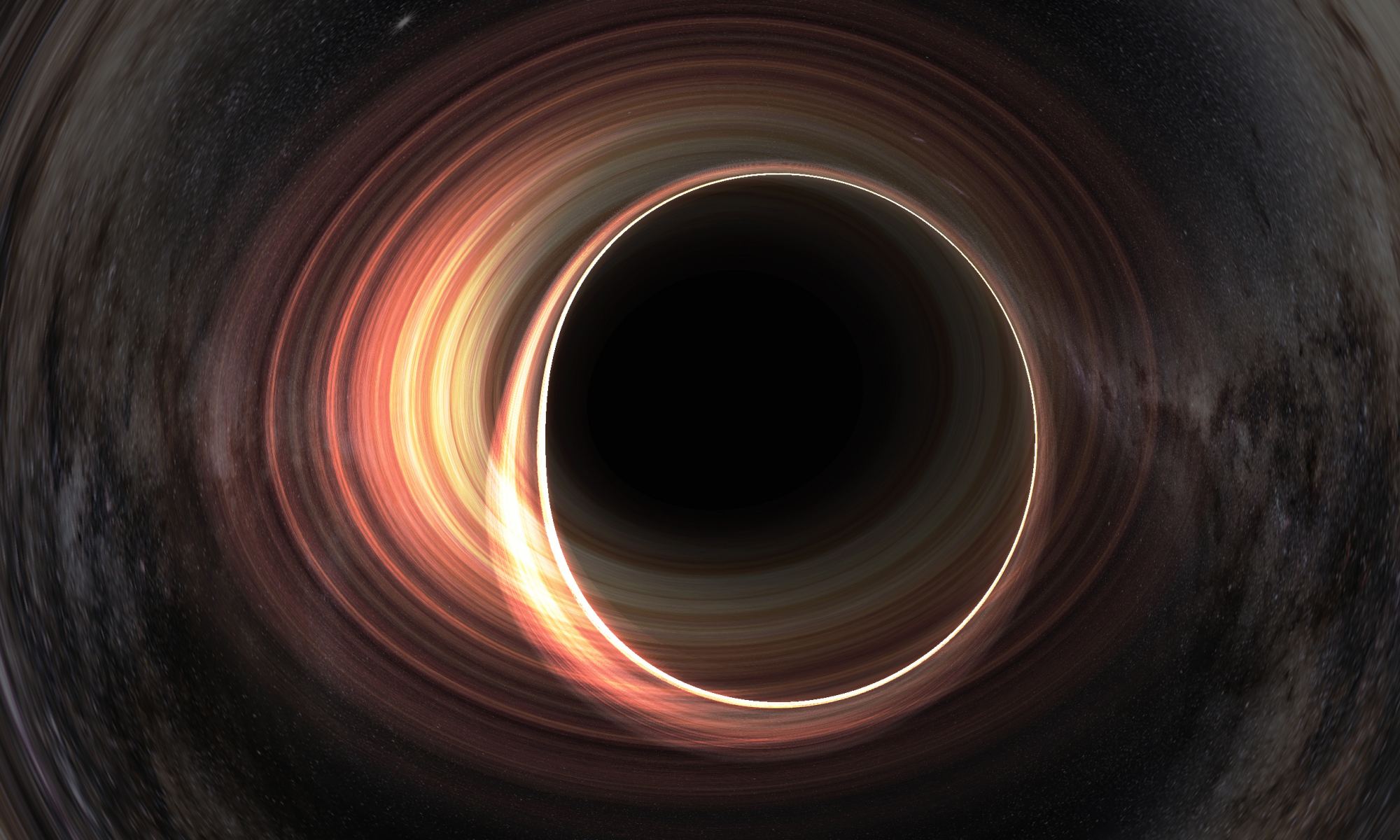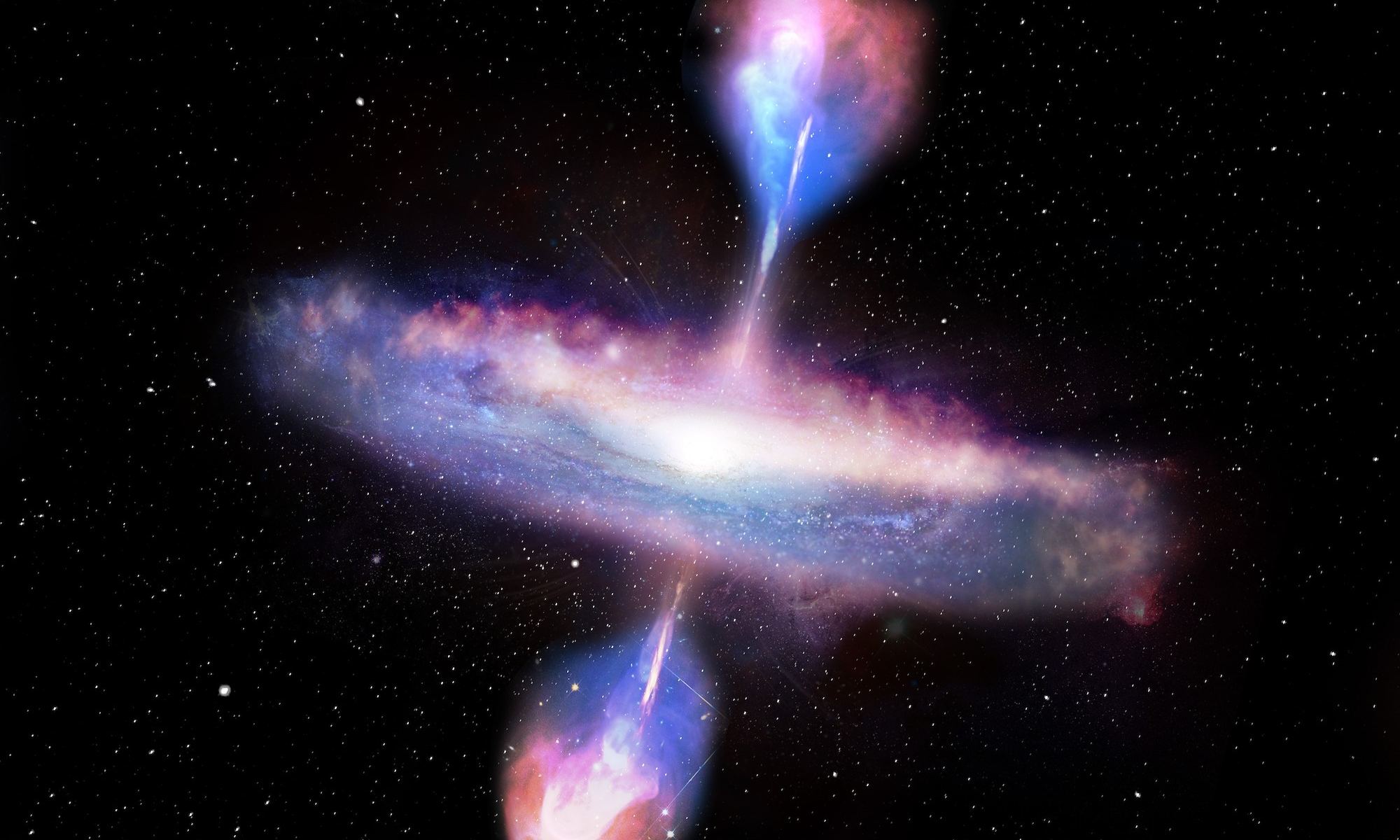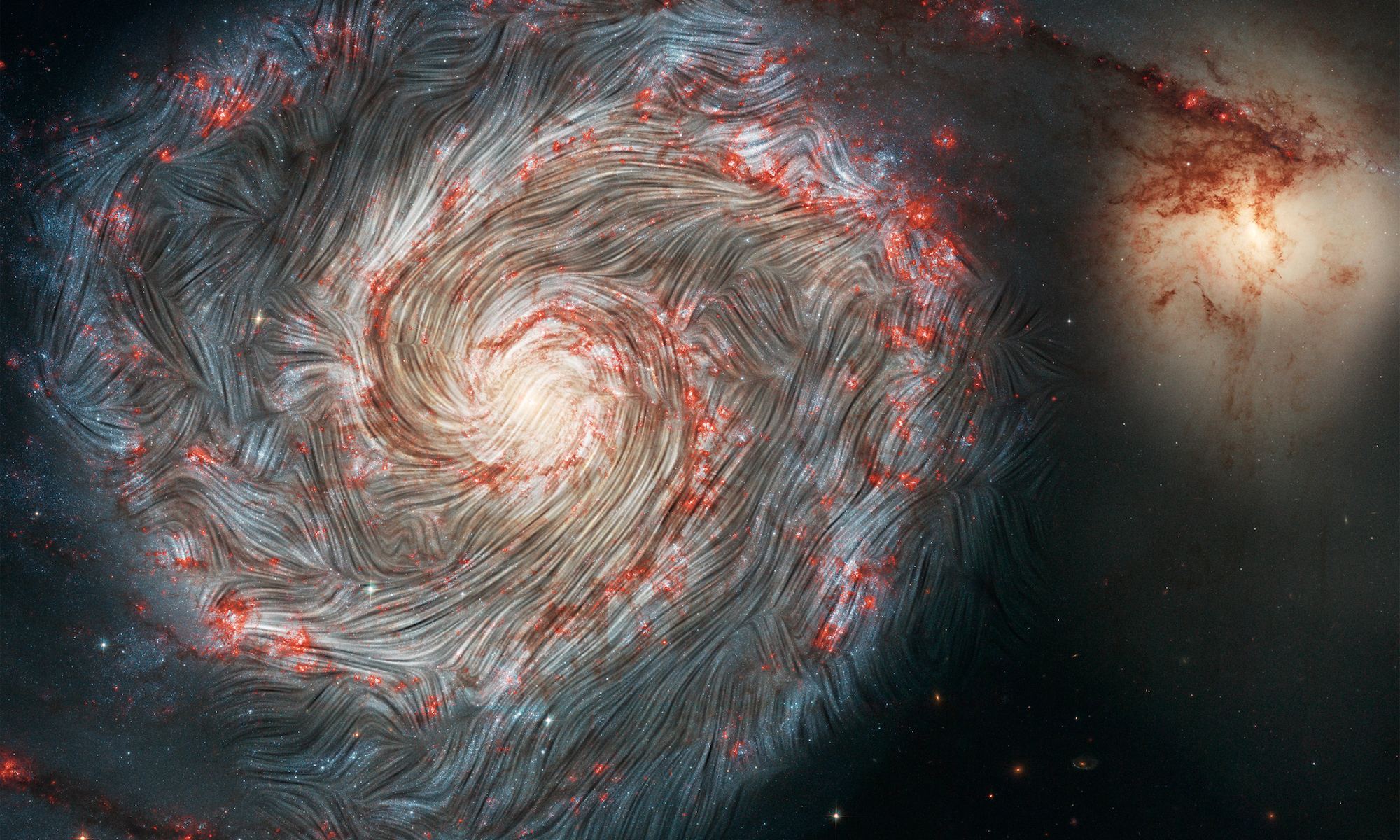Black holes are powerful gravitational engines. So you might imagine that there must be a way to extract energy from them given the chance, and you’d be right. Certainly, we could tap into all the heat and kinetic energy of a black hole’s accretion disk and jets, but even if all you had was a black hole in empty space, you could still extract energy from a trick known as the Penrose process.
Continue reading “It's a Fine Line Between a Black Hole Energy Factory and a Black Hole Bomb”New Types of Hidden Stars Seen for the First Time
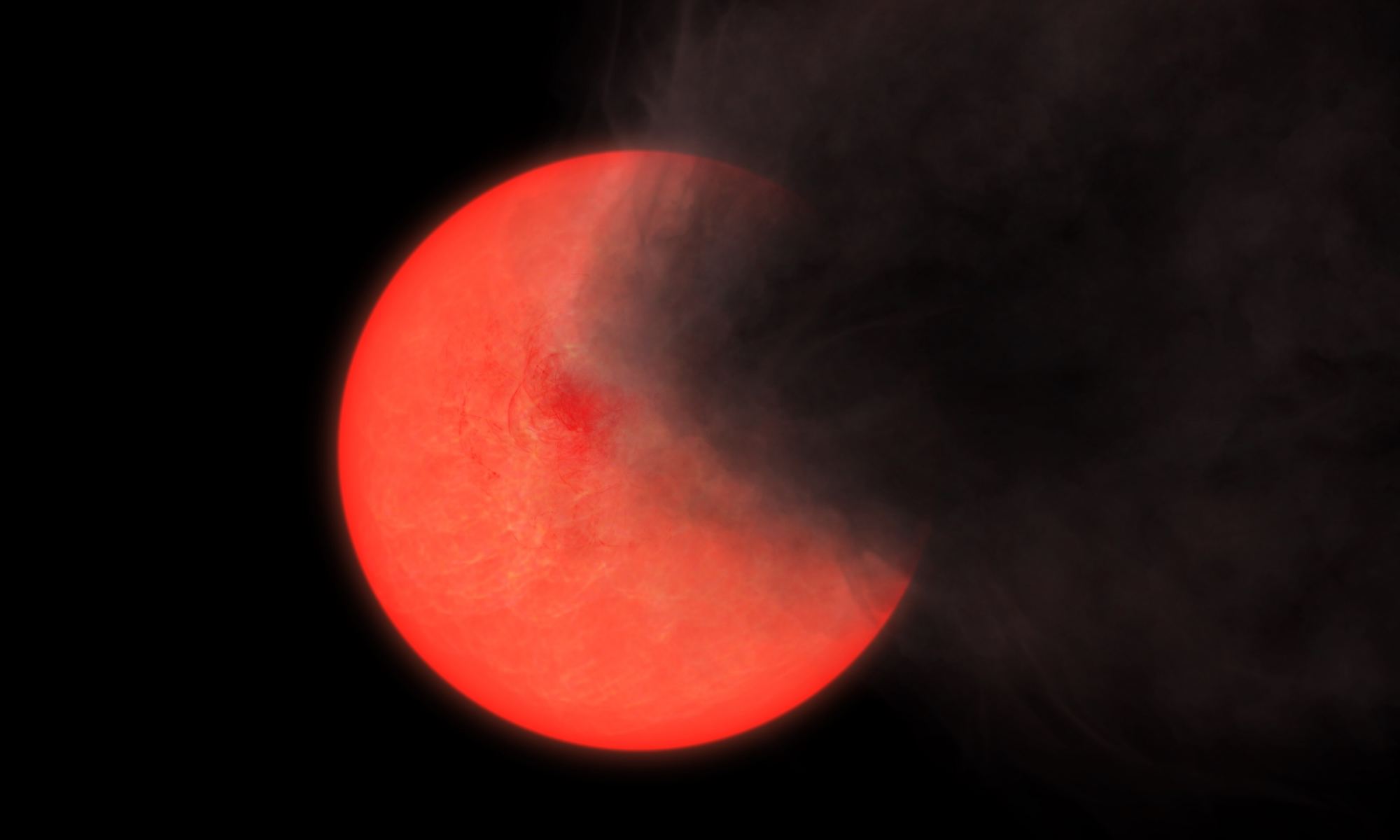
In the early days of telescopic astronomy, you could only focus on one small region of the sky at a time. Careful observations had to be done by hand, and so much of the breakthrough work centered around a particular object in the sky. A nebula or galaxy, quasar or pulsar. But over the years we’ve been able to build telescopes capable of capturing a wide patch of sky all at once, and with automation, we can now map the entire sky. Early sky surveys took years to complete, but many modern sky surveys can look for changes on the order of weeks or days. This ability to watch for changes across the sky is changing the way we do astronomy, and it is beginning to yield some interesting results. As a case in point, an infrared sky survey is revealing hidden stars we hadn’t noticed before.
Continue reading “New Types of Hidden Stars Seen for the First Time”Nancy Grace Roman Could Find the First Stars in the Universe
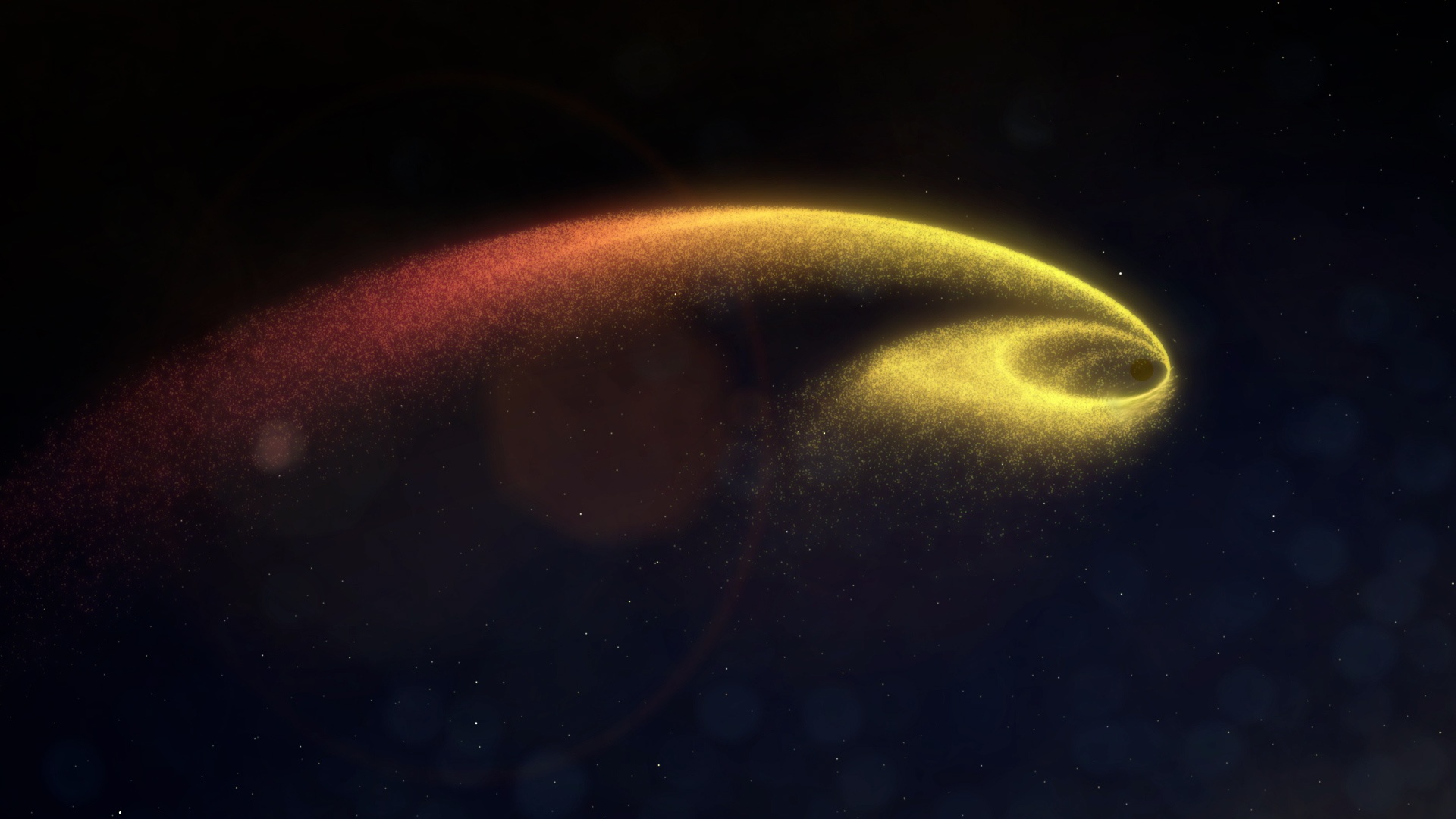
In the beginning, the Universe was so hot and so dense that light could not travel far. Photons were emitted, scattered, and absorbed as quickly as the photons in the heart of the brightest stars. But in time the cosmos expanded and cooled to the point that it became transparent, and the birthglow of the Big Bang could traverse space and time for billions of years. We still see it as the microwave cosmic background. As the Universe expanded it grew dark, filled only with warm clouds of hydrogen and helium. In time those clouds collapsed to form the first stars, and light again filled the heavens.
Continue reading “Nancy Grace Roman Could Find the First Stars in the Universe”Webb Sees Dozens Of Young Quasars in the First Billion Years of the Universe
Within almost every galaxy is a supermassive black hole. Millions, sometimes billions of solar masses locked within an event horizon of space and time. They can power luminous quasars, drive star formation, and change the evolution of a galaxy. Because of their size and abundance, supermassive black holes must have formed early in cosmic history. But how early is still an unanswered question. It’s a focus of a recent study on the arXiv.
Continue reading “Webb Sees Dozens Of Young Quasars in the First Billion Years of the Universe”What Could the Extremely Large Telescope See at Proxima Centauri's Planet?
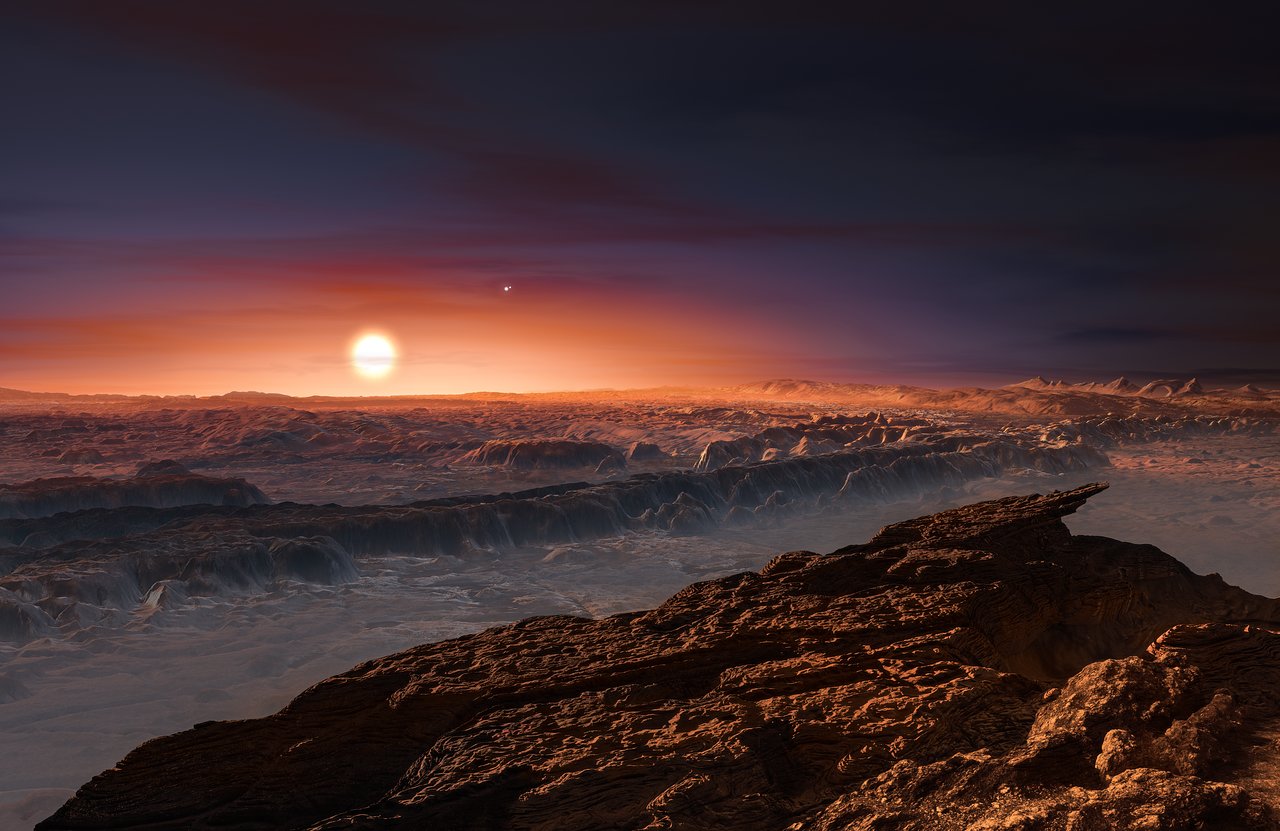
Proxima Centauri B is the closest exoplanet to Earth. It is an Earth-mass world right in the habitable zone of a red dwarf star just 4 light-years from Earth. It receives about 65% of the energy Earth gets from the Sun, and depending on its evolutionary history could have oceans of water and an atmosphere rich with oxygen. Our closest neighbor could harbor life, or it could be a dry rock, but is an excellent target in the search for alien life. There’s just one catch. Our usual methods for detecting biosignatures won’t work with Proxima Centauri B.
Continue reading “What Could the Extremely Large Telescope See at Proxima Centauri's Planet?”The Next Generation LIFE Telescope Could Detect Some Intriguing Biosignatures
The Large Interferometer for Exoplanets (LIFE) project is an ambitious plan to build a space telescope with four independent mirrors. The array would allow the individual mirrors to move closer or farther apart, similar to the way the Very Large Array (VLA) does with radio antennas. LIFE is still early in its planning stage, so it would likely be decades before it is built, but already the LIFE team is looking at ways it might discover life on other worlds. Much of this focuses on the detection of biogenic molecules in exoplanet atmospheres.
Continue reading “The Next Generation LIFE Telescope Could Detect Some Intriguing Biosignatures”Life on Earth Uses Water as a Solvent. What are Some Other Options for Life as We Don't Know it?
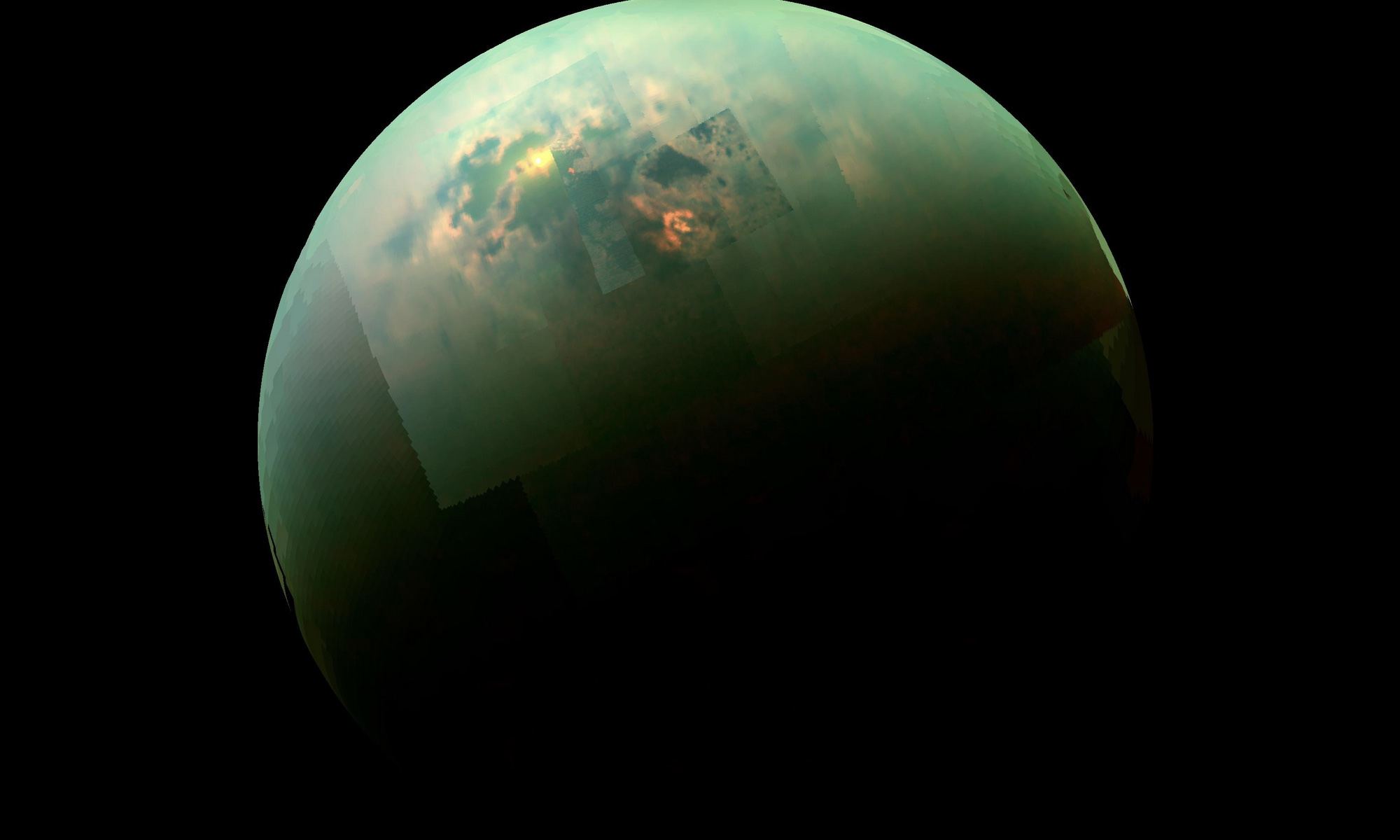
There is a vast menagerie of potentially habitable worlds in the cosmos, which means the Universe could be home to a diversity of life beyond what we can imagine. Creatures built on silicon rather than carbon, or organisms that breathe hydrogen instead of oxygen. But regardless of how strange and wondrous alien life may be, it is still governed by the same chemistry as life on Earth, and that means it needs a chemical solvent.
Continue reading “Life on Earth Uses Water as a Solvent. What are Some Other Options for Life as We Don't Know it?”M87*'s Event Horizon Image. One Year Later
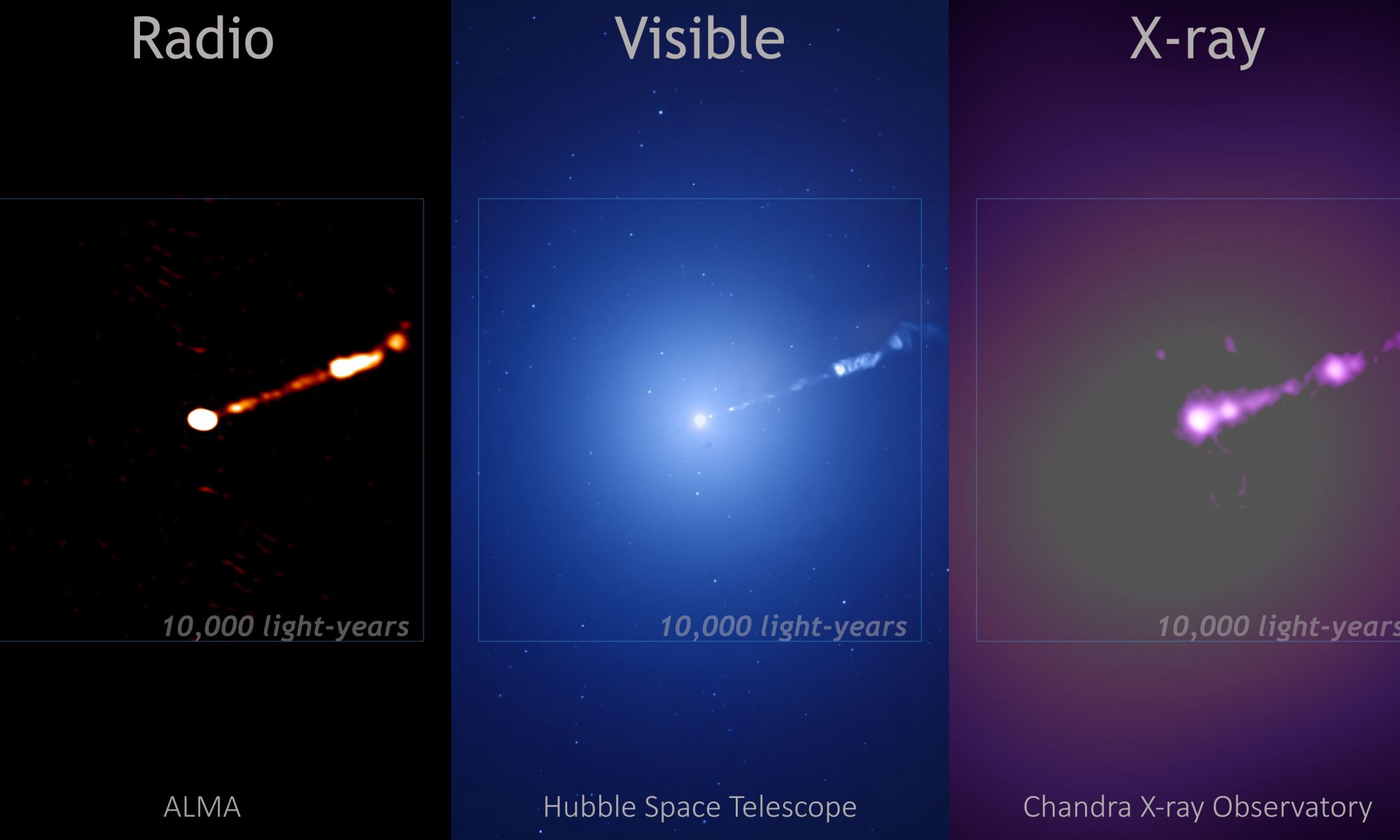
Fifty-five million light years from Earth there is a massive elliptical galaxy known as Messier 87, or M87 for short. It was cataloged by Charles Messier in the 1700s, along with 102 other fuzzy objects in the sky that were definitely not comets. It was confirmed to be a galaxy in the early 1900s, and by the mid-twentieth century, it was known to be a powerful radio source. But these days it is most widely known for the supermassive black hole deep in its core. Called M87*, it is the first black hole directly observed by astronomers. The first image of M87* was released in 2019, and was based on observations taken by the Event Horizon Telescope (EHT) in 2017. Now a new image based on 2018 data has been released. The similarities and differences between the two images tell us a great deal about M87* and black holes in general.
Continue reading “M87*'s Event Horizon Image. One Year Later”Astronomers Have Mapped the Milky Way's Magnetic Fields in 3D
Our galaxy is filled with magnetic fields. They come not just from stars and planets, but from dusty stellar nurseries and the diffuse hydrogen gas of interstellar space. We’ve long known of this galactic magnetic field, but mapping it in detail has posed a challenge. Now a new study gives us a detailed 3-dimensional map of these fields, with a few surprises.
Continue reading “Astronomers Have Mapped the Milky Way's Magnetic Fields in 3D”Astronomers Rule Out One Explanation for the Hubble Tension
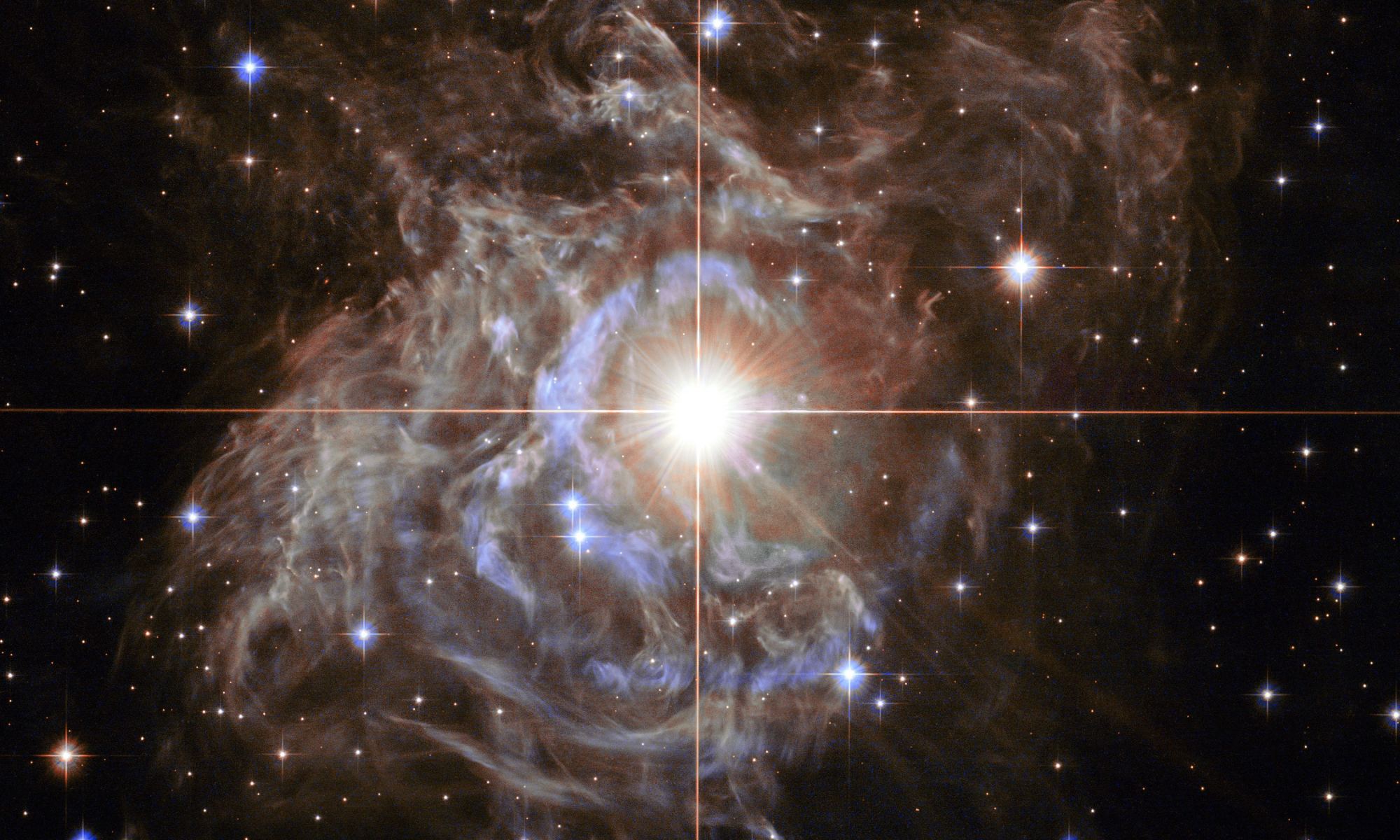
Perhaps the greatest and most frustrating mystery in cosmology is the Hubble tension problem. Put simply, all the observational evidence we have points to a Universe that began in a hot, dense state, and then expanded at an ever-increasing rate to become the Universe we see today. Every measurement of that expansion agrees with this, but where they don’t agree is on what that rate exactly is. We can measure expansion in lots of different ways, and while they are in the same general ballpark, their uncertainties are so small now that they don’t overlap. There is no value for the Hubble parameter that falls within the uncertainty of all measurements, hence the problem.
Continue reading “Astronomers Rule Out One Explanation for the Hubble Tension”
